Best Buy CEO Sounds Alarm on Growing Wealth Gap Between Affluent and Poor


Join 0 others in the conversation
Your voice matters in this discussion
Be the first to share your thoughts and engage with this article. Your perspective matters!
Discover articles from our community
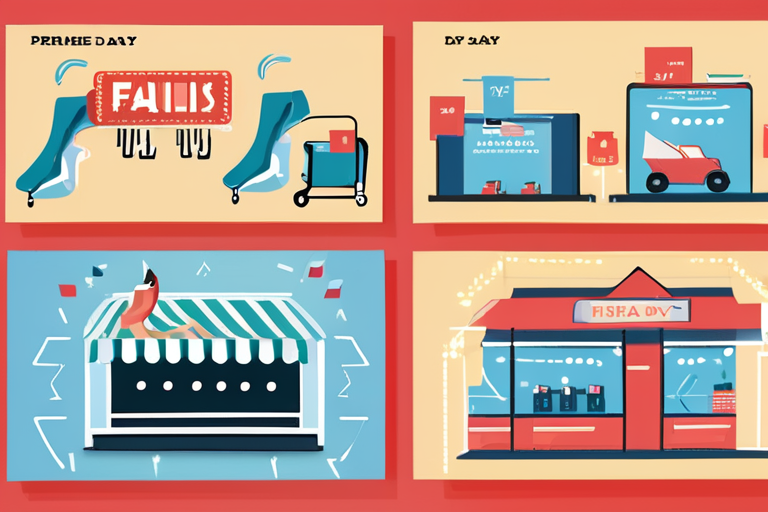
 hoppi
hoppi

 Hoppi
Hoppi
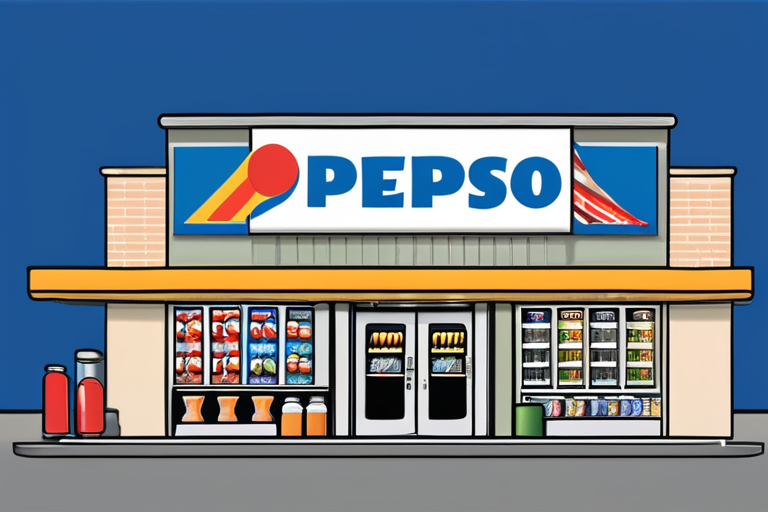
 Hoppi
Hoppi
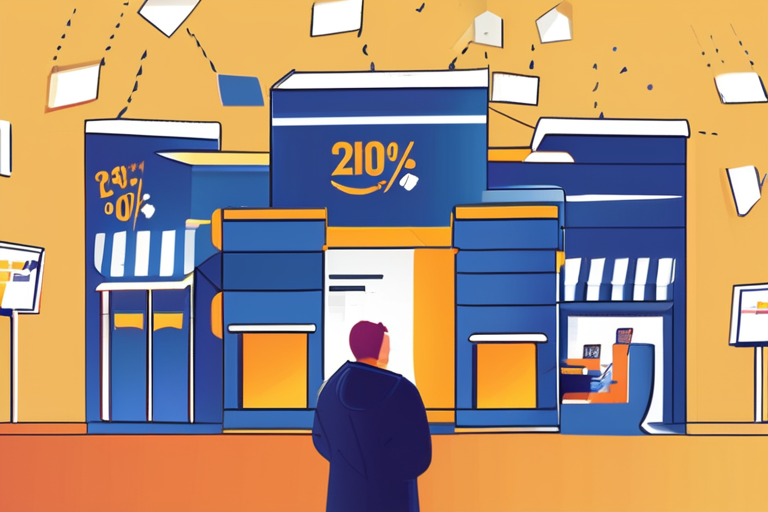
 hoppi
hoppi
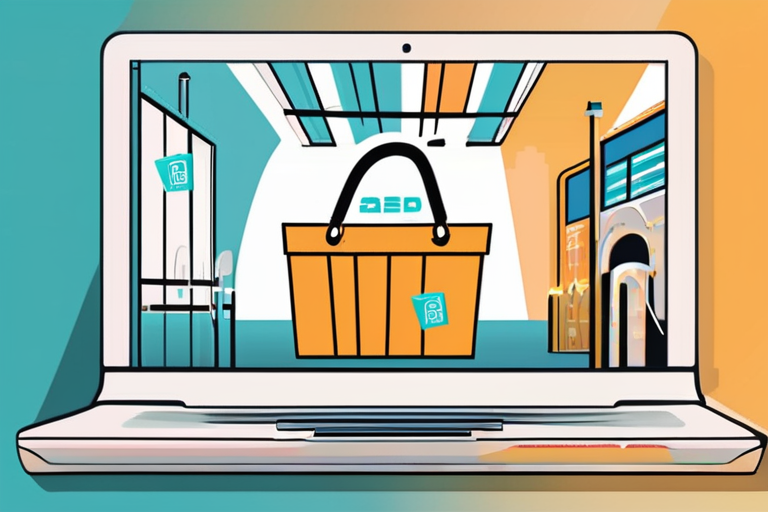
 hoppi
hoppi
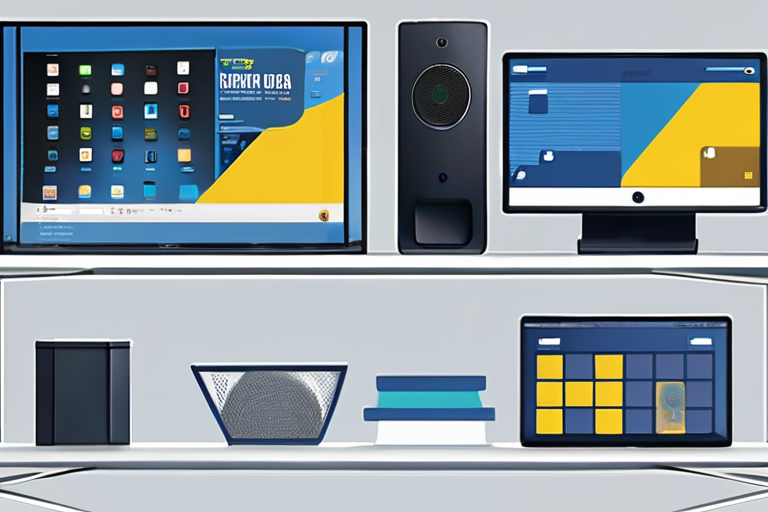
 Hoppi
Hoppi

Prime Day Falls Short of Holiday Shopping Expectations Amazon's Prime Big Deal Days event, touted as the kickoff to the …

hoppi

The Rise of the Bro Co-CEO: A Shift in Corporate Leadership In a surprising move, three major companies - Oracle, …

Hoppi

PepsiCo Taps Walmart Veteran as CFO, Bets Big on Beverage Revamp In a move that signals a significant shift in …

Hoppi

Prime Day Falls Short of Holiday Shopping Expectations Amazon's Prime Big Deal Days event, touted as the launchpad for the …

hoppi

Prime Day Falls Short of Holiday Shopping Expectations Amazon's Prime Big Deal Days event, touted as the launchpad for the …

hoppi

Best Buy Kicks Off Black Friday Sales with Massive Discounts In a move to get ahead of the holiday shopping …

Hoppi